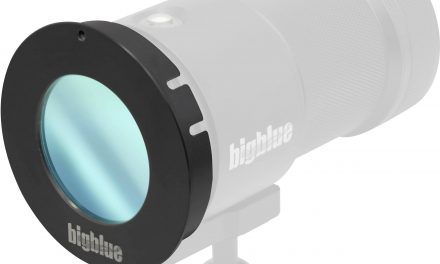A dive light has the power to ensure safe diving. In order to enjoy the life of the underwater world, it is crucial to be equipped with a quality dive light. Below are tips that divers should pay attention to when choosing a dive light.
The type of diving
The diving needs of a person help in determining the dive light needed. If the intention is to undertake daytime diving, a small dive light endowed with a relatively narrow beam is perfect. On the other hand, if diving occurs at night, a dive light with sufficient brightness and a wide beam is required for enhanced visibility. It is also necessary to have both a primary dive light and a backup/secondary dive light in case the primary dive light malfunctions.
Source of power
A dive light derives its functioning power from a battery. A diver can either opt for a dive light with a rechargeable battery or one with a non-rechargeable battery. In the case of a rechargeable battery, the dive light is especially ideal for individuals who dive often as it provides power instantly. However, a rechargeable battery needs to be recharged and lacks the capacity to hold a charge during storage. A dive light with a non-rechargeable battery is also an option when there is need to cut costs. The non-rechargeable battery, which is usually alkaline, is affordable and readily available if replacement is needed.
Consider the lighting technology
According to experts, the majority of divers have a high preference for LED (Lighting Emitting Diode) dive lights. The main reason being the excellent nature of LED lighting technology. Some of the notable features in LED lights include increased size and brightness. The durability of LED dive lights and the low cost of LED lights also make LED dive lights worth the purchase. Overall, they are reliable and power efficient.
In summary, picking the right dive light is largely dependent on the diving needs of an individual. The rule of the thumb is always to ensure the dive light is bright enough to guarantee visibility during diving.





